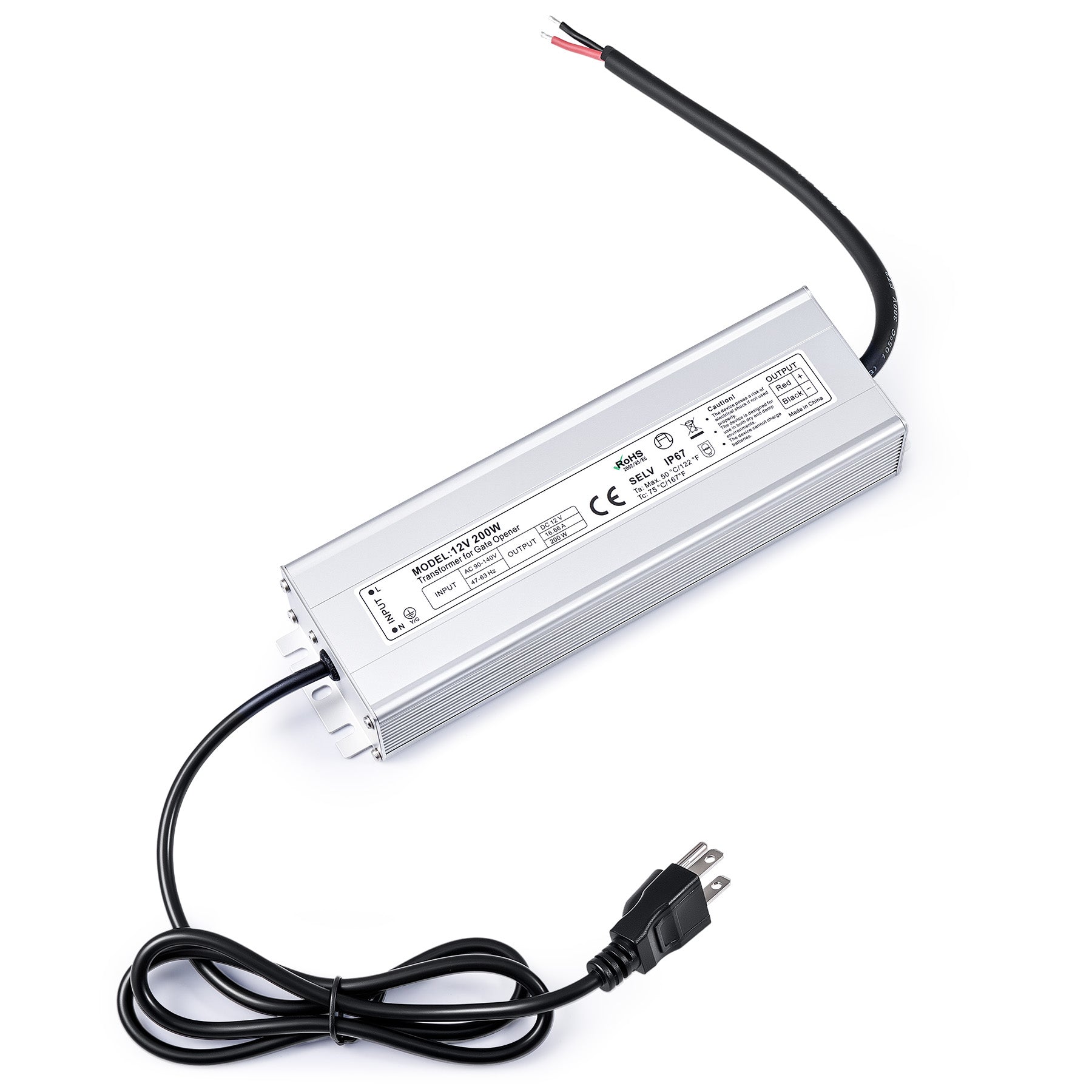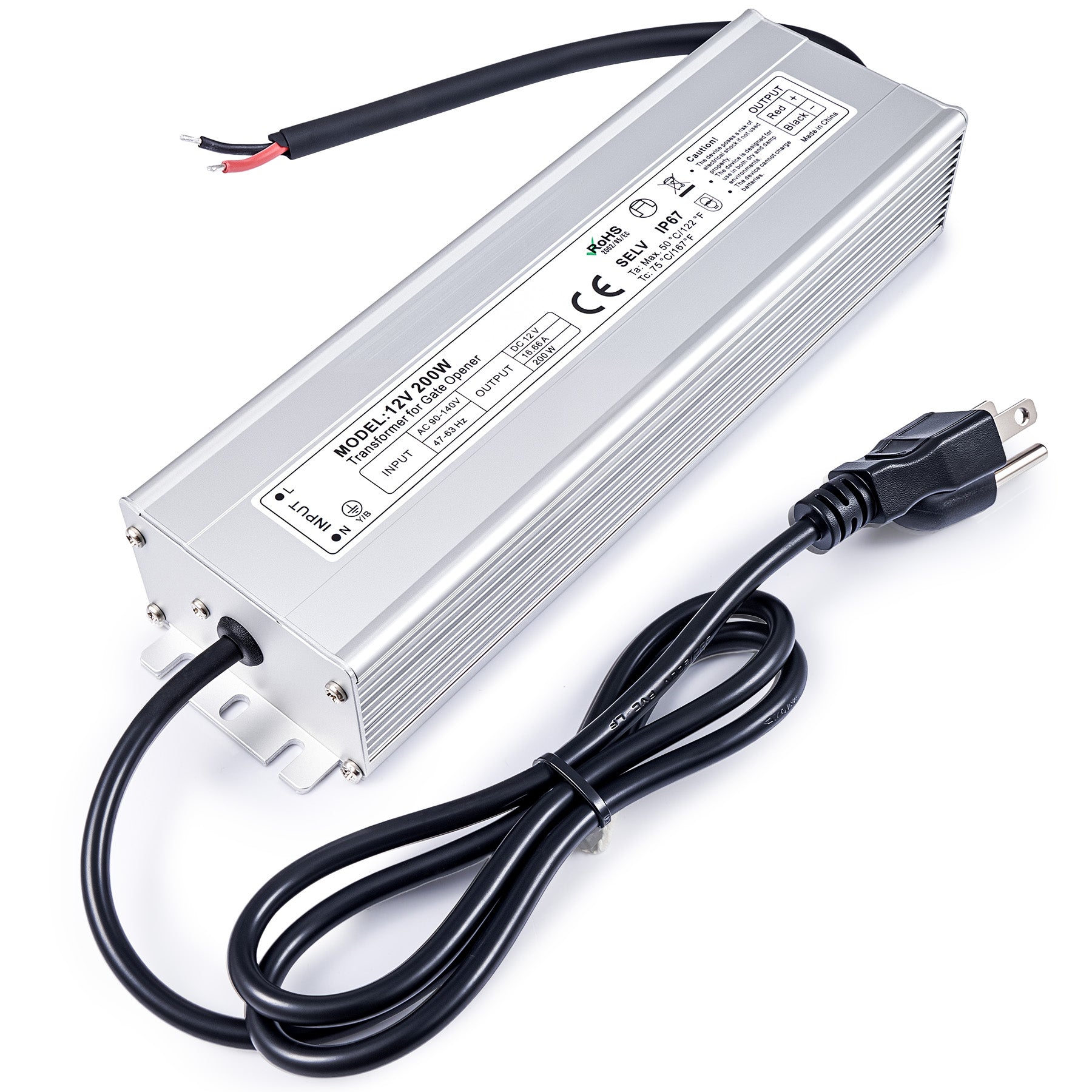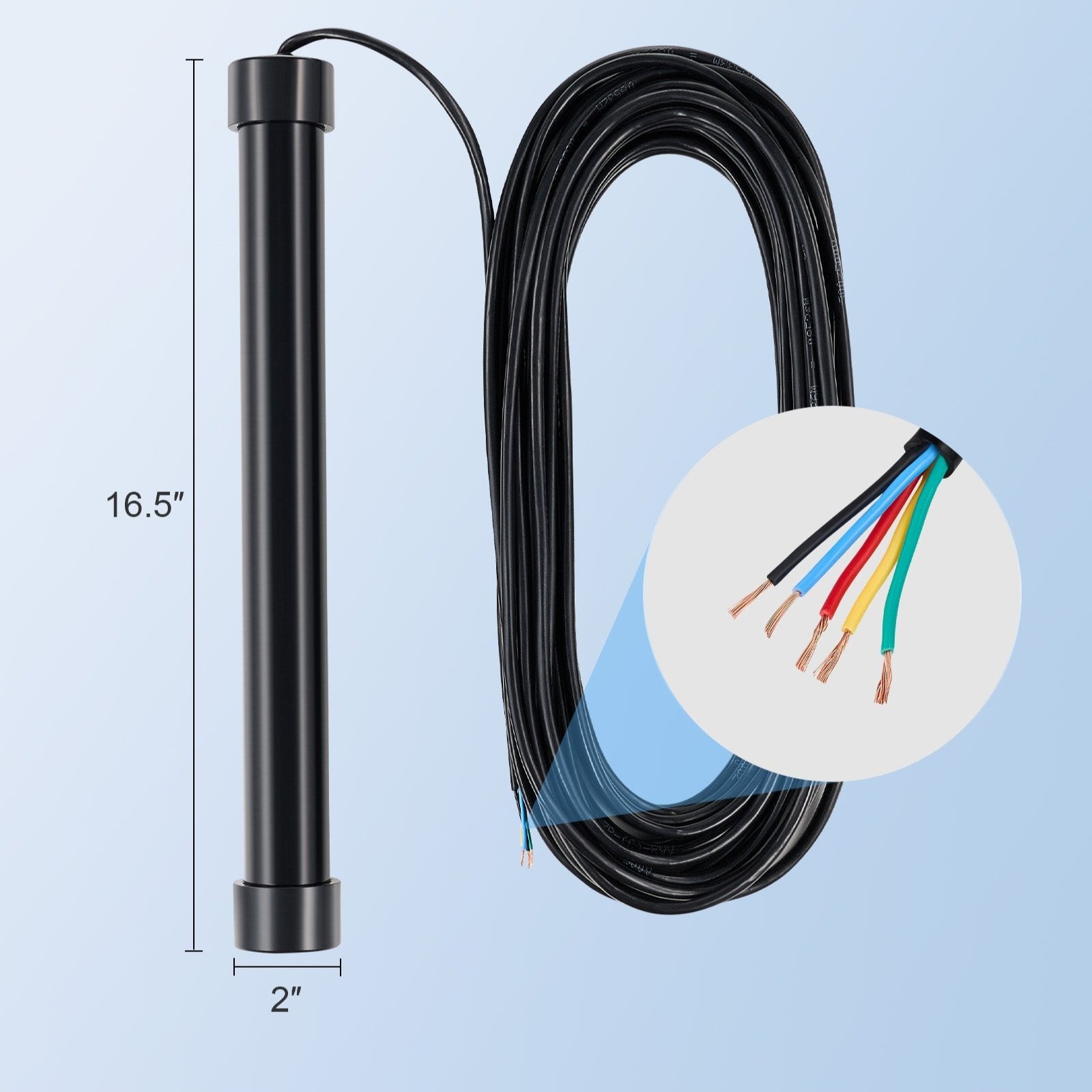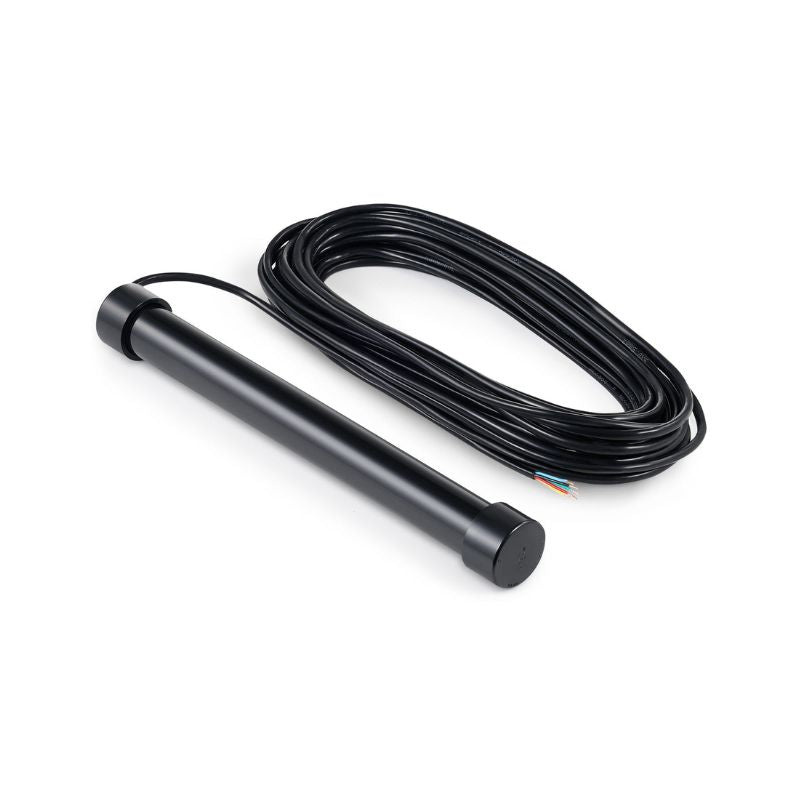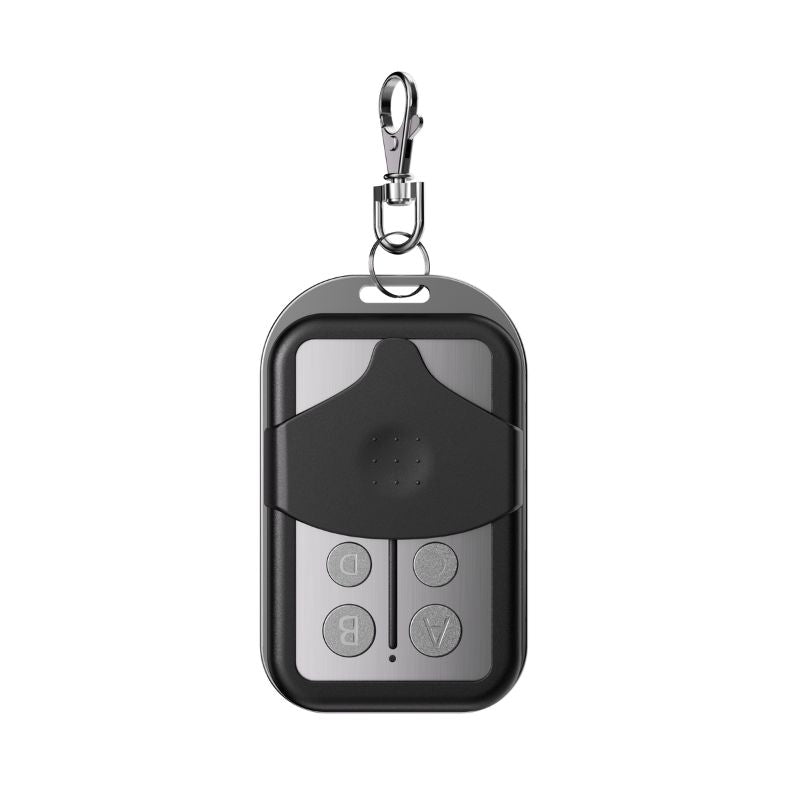Cleaning a steel driveway gate is really about removing the things that hold moisture and chemicals against the metal. One thing you don't want is nasty streaks, surface rust, flaking paint, and sticky grime marring the clean surface of your gate.
The problem is, this is precisely what will happen as you inevitably leave it exposed to weather, dirt, grease from cars, and the occasional rainwater puddle.
Regular cleaning and timely touch-ups are essential for preventing rust from starting or spreading, maintaining the effectiveness of paint and protective coatings, and avoiding expensive repairs down the road.
Also, a clean gate looks better: it’s curb appeal plus function.
But how do you effectively clean a steel gate? What do you need, and what is the procedure to follow?

Part 1: Tools, Materials, and Cleaning Solutions You’ll Need
Here’s a practical shopping list for cleaning a steel driveway gate, and what each item is for:
Basic tools
- A Garden hose with a spray nozzle (or pressure washer on low setting).
- A soft-bristle brush or deck brush (for general washing).
- A medium-stiff nylon brush (for stubborn grime).
- A wire brush and/or 80–120 grit sandpaper (for loose rust/paint).
- Scraper (plastic or metal) for flaking paint.
- Microfiber cloths or rags.
- Paint brushes (for touch-up).
- Protective gloves, safety glasses, and a dust mask (when sanding or using chemicals).
Cleaning chemicals and consumables
- Mild detergent (dish soap like Dawn or a gentle car wash soap).
- White vinegar (household 5% acetic acid) is used a light rust removal and mineral stain dissolving.
- Baking soda- for gentle scrubbing or to neutralise acids after treatment.
- Commercial rust remover (phosphoric-acid or oxalic-acid based) OR naval jelly: for heavier, stubborn rust. Use as directed and with gloves.
- Rust converter (phosphoric acid or tannic-acid based): converts remaining surface rust into a paintable black coating if you can’t remove every bit.
- Metal primer (rust-inhibiting primer) and exterior metal paint or enamel for re-coating exposed areas.
- Auto-paste wax or clear polyurethane topcoat (optional): extra weather protection on painted gates.
- Penetrating oil (WD-40 or similar) and lithium grease/silicone spray: for lubricating hinges/latches.
If you need to degrease
TSP (trisodium phosphate) substitute or a dedicated degreaser. It removes heavy road grime and oil. TSP works well, but follow label instructions and rinse thoroughly.
Safety note: Always wear gloves/goggles when using commercial rust removers or primers. Work in a ventilated area and follow disposal instructions on the product labels.

Part 2: How to clean the gate (step-by-step)
This is a practical sequence you can follow. Start at the top and work down so gravity can help rinse dirt away.
1) Start by Prepping
- Move vehicles, cover plants, and lay down drop cloths if you’ll paint or use harsh chemicals.
- Remove loose cobwebs and large debris by brushing.
- If the gate can be opened easily, prop it so you have access to the hinges and both sides.
2) Rinse The Gate
- Use a hose or low-pressure washer to rinse the entire gate. This removes loose dirt and softens grime- start at the top and spray downward.
3) Wash with mild detergent
- Mix your mild detergent solution (dish soap + warm water). Using a soft brush, scrub the entire gate from top to bottom. Pay attention to horizontal surfaces and joints where dirt collects.
- For areas with heavy grease or road grime, use a degreaser/TSP substitute according to instructions, then rinse well.
4) Inspect for rust and paint damage
- After washing and rinsing, let the gate dry or use a rag to speed it up. Inspect closely for: flaking paint, bubbles under paint (sign of corrosion), surface rust (orange-brown), or deep pitting.
5) Remove loose rust and paint
- Use a wire brush and scraper to remove loose rust and flaking paint. For light surface rust, sand with 80–120 grit until you reach clean metal. For stubborn areas, a power sander with care (or a grinder with a wire wheel) can be used — but don’t overheat thin metal.
- After sanding, wipe dust away with a damp rag.
6) Treat remaining rust
- If small patches remain, use white vinegar: apply, let it sit 10–20 minutes, scrub with the brush, then rinse. For heavier rust, apply a commercial rust remover or naval jelly as directed. Rinse thoroughly when finished.
- If you can’t eliminate all rust (deep or awkward places), apply a rust converter to chemically stabilize the rust into a paintable surface. Rust converters turn iron oxide into a black, inert layer that accepts primer and paint.
7) Prime and touch up
- Once metal is clean and dry, apply a rust-inhibiting metal primer to bare metal spots or areas you sanded. Let the primer cure as per the label.
- Follow with an exterior metal paint or enamel that matches your gate. Two coats are better than one for long life. If your whole gate is worn, consider repainting the entire surface for uniform protection.
- If the gate is powder-coated or galvanised, you’ll typically only need small touch-up paint for chips. Use the correct touch-up paint for that finish.
8) Lubricate moving parts
- Clean hinge pins and the latch (wipe away old grime). Apply a few drops of penetrating oil to free stuck parts; then apply lithium grease or silicone spray to hinge pins and latch mechanisms to keep them smooth. Avoid heavy grease on painted surfaces-wipe off any excess.
9) Finishing touches
- Wipe down the whole gate with a microfiber cloth.
- Optional: apply a thin coat of auto paste wax to painted gates (works well on smooth painted finishes) for extra water beading. Don’t wax hotspots where hinges rub or welds may be.
10) Clean up
- Rinse away residues. Dispose of rags and chemical containers according to local rules. Store leftover primers/paints sealed and cool.

Part 3: Tips for keeping your gate in top condition (maintenance schedule)
A few habits keep problems small and repair inexpensive.
- Quick annual deep clean: Hose and wash once a year; inspect for chips and rust.
- Spot check after winter or storms: Salt, heavy rain, or hail can cause damage; look for chips and new rust spots.
- Touch up paint early: A nick in paint is a great place for rust to start. Sand, prime, and paint small chips as soon as you spot them.
- Lubricate twice a year: Oil/grease hinges and latch in spring and autumn.
- Keep vegetation away: Vines and bushes hold moisture against the metal; trim plants back.
- Avoid direct contact with soil or mulch: If the bottom of the gate sits in moist soil, add gravel or a concrete pad under the post to reduce corrosion.
- Consider sacrificial anodes or rust inhibitors if you live near the coast or on salted roads: specialist products exist for coastal protection.
Routine small actions (cleaning once a year, touch-ups as needed) prevent expensive full-gate repainting or panel replacement.
Part 5: Why corrugated steel panels make life easier for driveway gates
If you’re choosing a gate and want lower cleaning and maintenance hassles, corrugated steel is worth considering. Here’s why:
- Water shedding: The corrugated profile helps rainwater run off quickly instead of pooling on flat surfaces. Less standing water means less time for corrosion to start.
- Strength with thin gauge: Corrugation adds rigidity, so manufacturers can use thinner (and often pre-galvanised or coated) steel that resists bending and denting. Less denting means fewer places where paint chips and rust start.
- Factory coatings available: Corrugated panels are commonly offered galvanised and/or with factory paint or polyester coatings that are highly durable, much tougher than DIY paint jobs. These factory finishes resist chipping and make cleaning as simple as a rinse and occasional soap wash.
- Fewer seams and joints: Corrugated panels often cover large areas with fewer joining seams than some framed designs; fewer seams mean fewer crevices for dirt and moisture to collect.
- Aesthetics and low upkeep: The textured look hides minor dirt and water streaks better than flat panels, so they look cleaner longer.
A small caveat: the corrugations themselves can trap dirt in the troughs if you let debris build up. A quick brush or hose blast clears those easily, which is far simpler than dealing with rust pitting on an untreated flat panel.
Overall, corrugated, pre-galvanised, or powder-coated steel panels give you structural strength and protective finishes that lower the time and cost of upkeep.

Quick troubleshooting and FAQs
Q: I found deep pitting: is it salvageable?
Small pits can be sanded, treated with rust converter, primed, and filled with paint. If pitting is widespread and deep, consult a metalworker-you may need panel replacement.
Q: Can I use a pressure washer?
Yes, but keep the pressure moderate and stay back a bit to avoid blasting paint off or driving water into joints.
Q: Is powder coating better than paint?
Powder coating is more durable and chip-resistant than brush/roller paint. If your gate is powder-coated, routine cleaning and spot touch-ups are all you’ll likely need.
Q: My gate is galvanised: can I paint it?
Yes, but clean it thoroughly first and use a primer suitable for galvanized metal. Or use paints specified for use on galvanized surfaces.
Final Words
Steel gates are one of those home investments that pay back with years of service if you give them a little attention. A one-hour wash and inspection once a year, a touch of lubrication, and prompt touch-ups to paint chips will keep your gate looking great and functioning smoothly for decades.
And if you’re picking a new gate and you hate the idea of fussing with maintenance, go for corrugated, galvanised, or powder-coated steel-you’ll thank yourself later.
You might also be interested in steel vs aluminum driveway gates.



